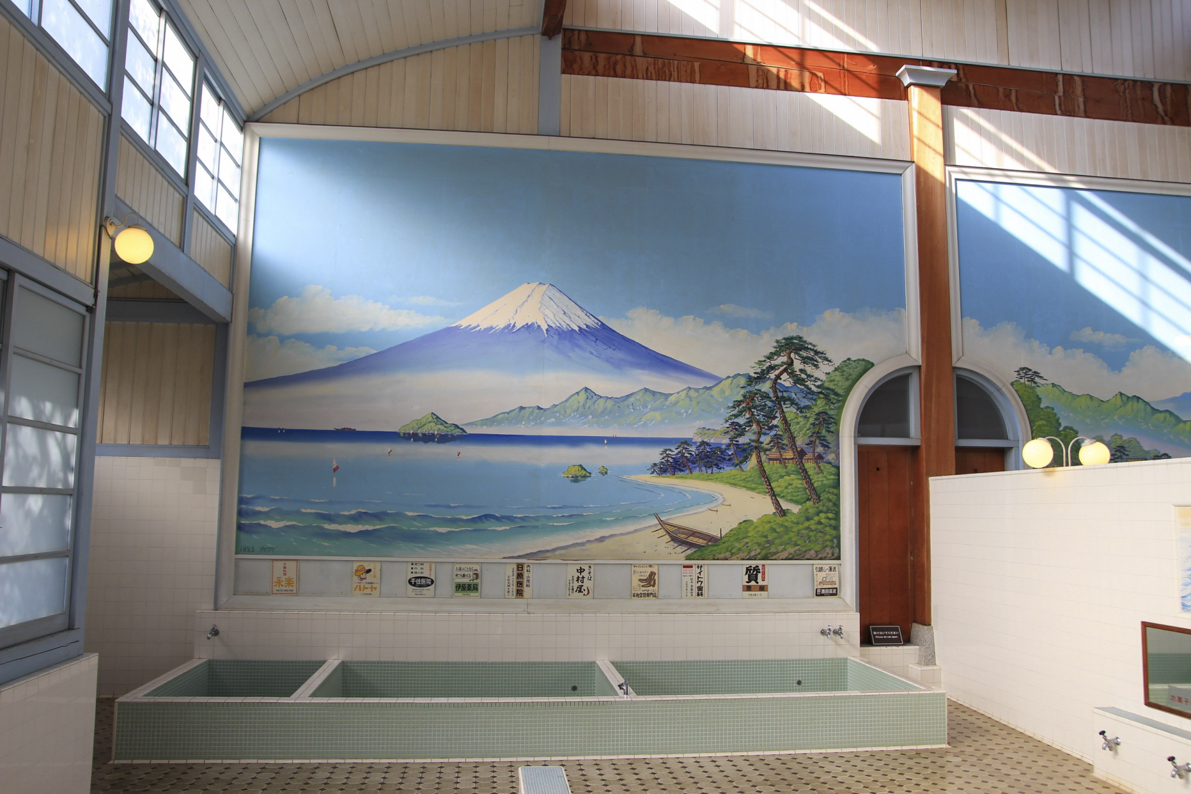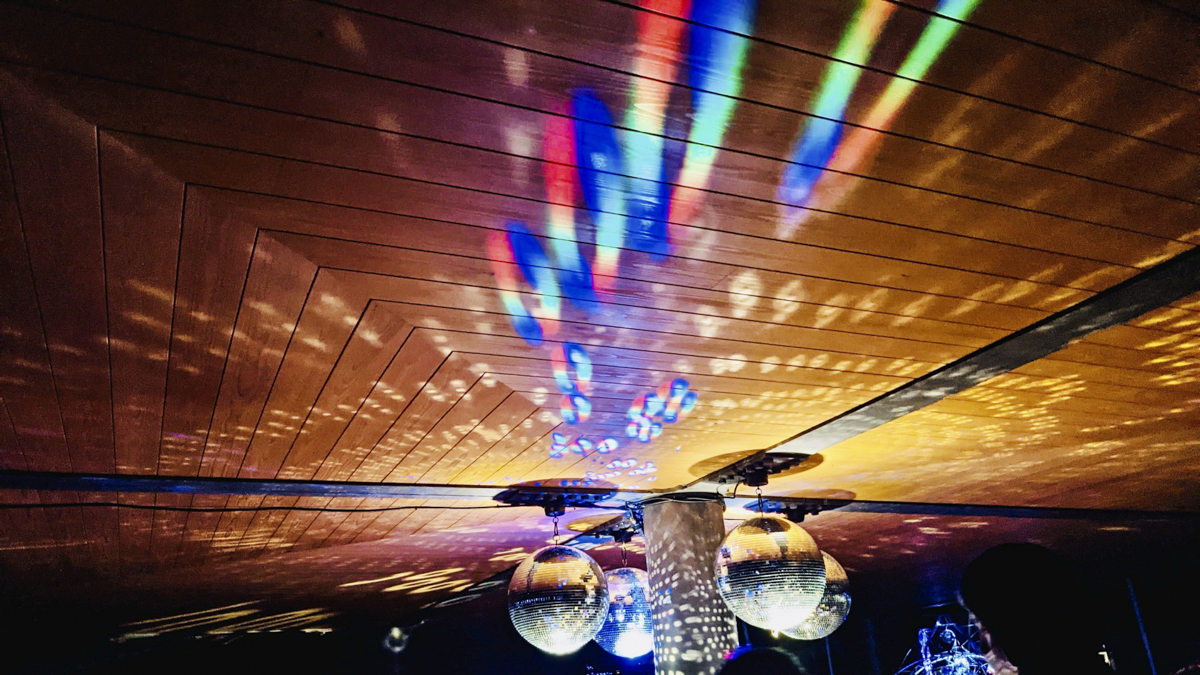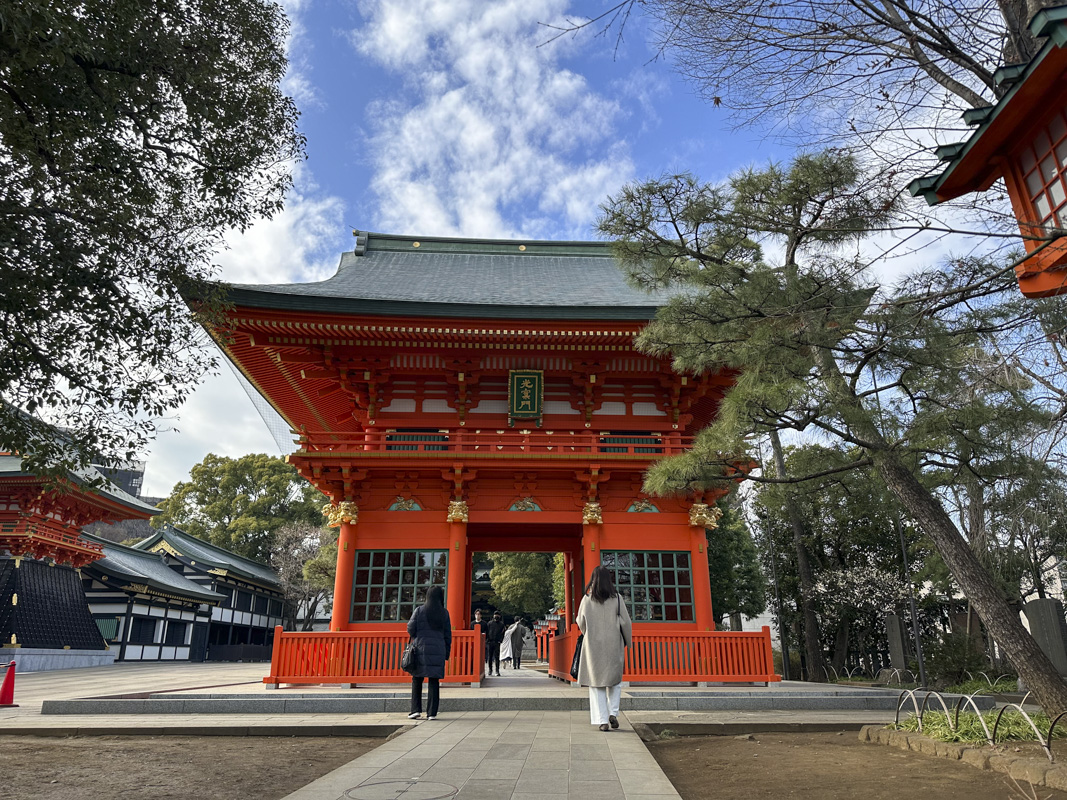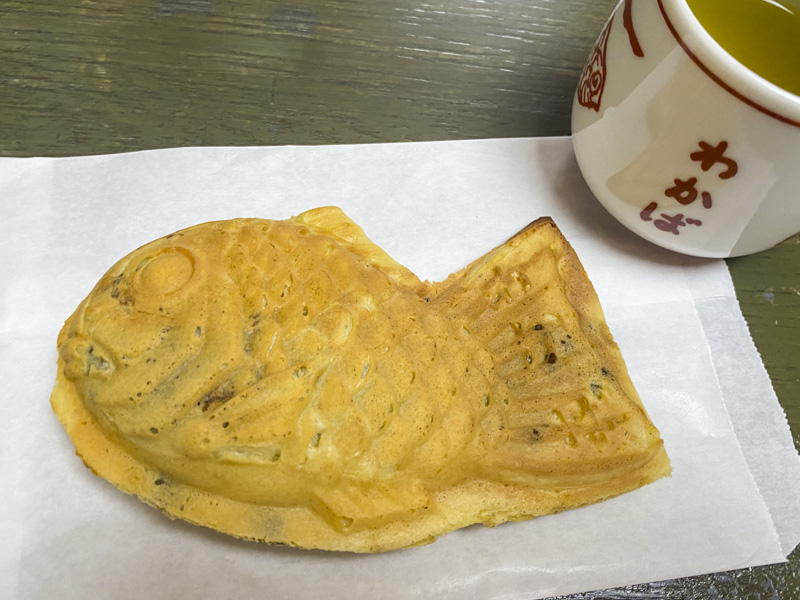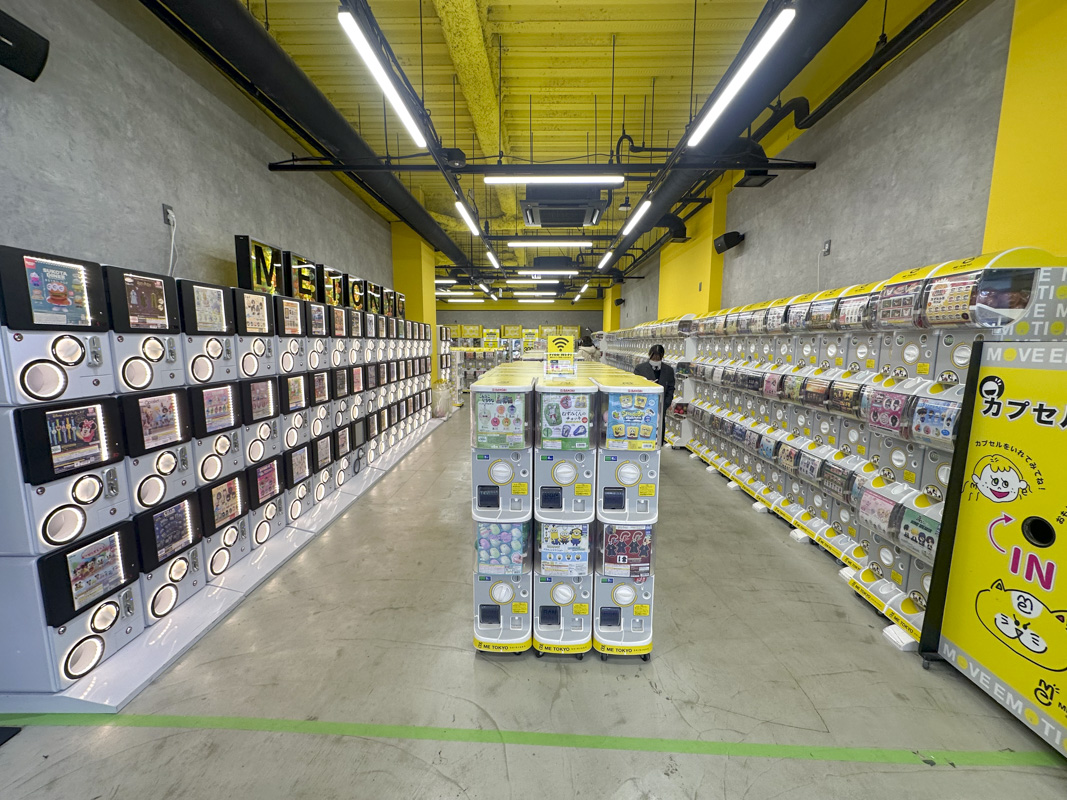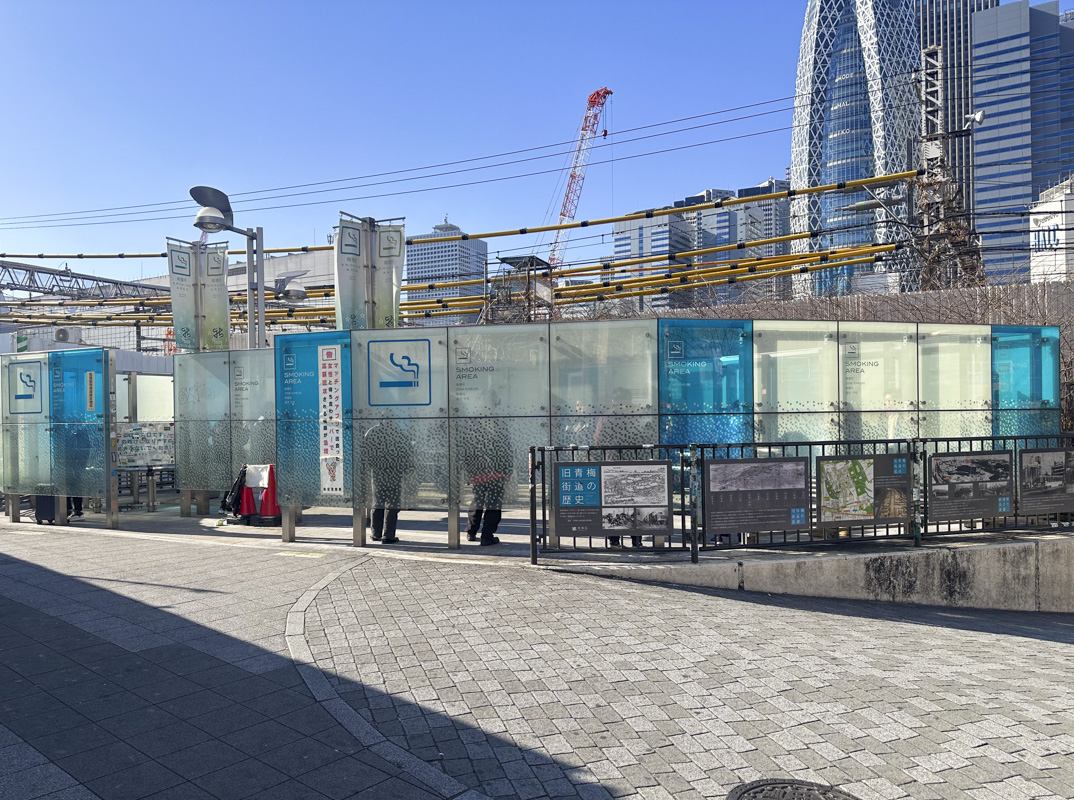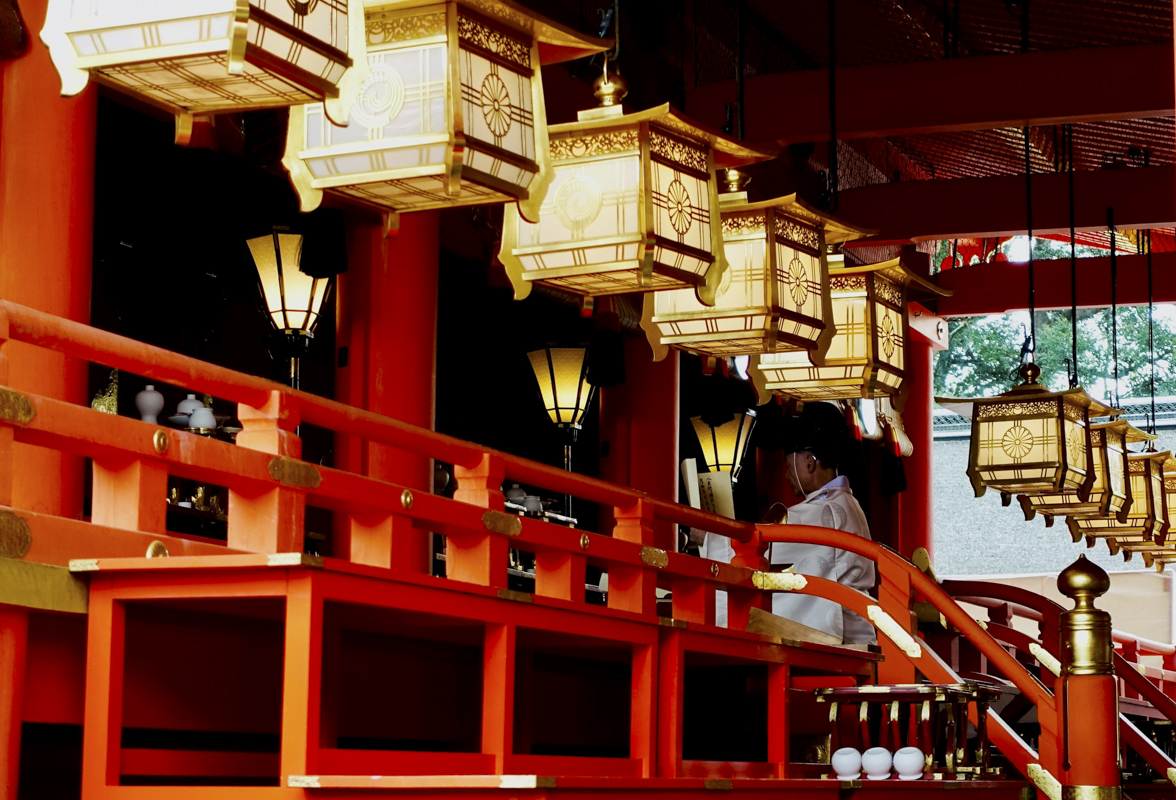Introduction
When most people think of Shinjuku, images of neon lights, skyscrapers, and busy shopping streets come to mind. Yet, hidden among the urban landscape are historic Shinto shrines offering travelers a chance to experience Japanese tradition and find moments of calm. Visiting a shrine in Shinjuku is not only a cultural experience but also a refreshing escape from the city’s energy.
What Is a Shinto Shrine?

- Sacred spaces in the Shinto faith where people pray for good fortune, health, and protection.
- Characterized by torii gates, purification rituals, and serene grounds.
- Visitors can purchase omamori (charms) or collect goshuin (red seal stamps) as cultural souvenirs.
- Even in central Tokyo, shrines serve as green sanctuaries of peace and reflection.
Why Visit Shrines in Shinjuku?
- Combine sightseeing with cultural immersion.
- Experience seasonal festivals and traditional events.
- Enjoy green spaces and tranquility in the middle of Tokyo.
- Learn about Japanese etiquette and rituals.
Recommended Shrines in Shinjuku
Hanazono Shrine (Shinjuku 3-chome)

Located near the nightlife district, this shrine is famous for blessings of business prosperity and performing arts. Seasonal festivals, especially the Tori-no-Ichi fair in November, draw huge crowds.
Suga Shrine (Yotsuya)

A hillside shrine with deep history, known internationally as the setting of the anime film Your Name. Popular for prayers related to love, matchmaking, and protection.
Ichigaya Kameoka Hachiman Shrine (Ichigaya)

Once revered by samurai as a guardian shrine. Today, it’s also known for offering unique blessings for pets and animals, making it especially popular among modern visitors.
Kumano Shrine (Nishi-Shinjuku)

Located beside Shinjuku Central Park, this shrine preserves the Kumano faith dating back to the Heian period. Surrounded by greenery, it feels like a hidden oasis within Tokyo’s skyscraper district.
Inari Kiou Shrine (Kabukicho)

A rare shrine dedicated to Onio Gongen (a guardian deity). Known for blessings of good health and protection from misfortune. Its unique character makes it a fascinating stop for curious travelers.
Tips for Visiting Shrines in Japan
- Bow once before passing through the torii gate.
- Purify your hands and mouth at the temizuya (water basin) before praying.
- At the main hall: bow twice, clap twice, bow once.
- Follow photography rules—some areas may not allow pictures.
Conclusion
Shrines in Shinjuku offer travelers a rare combination of tradition and convenience. From the bustling Hanazono Shrine to the peaceful Kumano Shrine by Shinjuku Central Park, each site provides a unique way to connect with Japanese culture. Exploring these shrines not only enriches your trip but also gives you a moment of calm in the heart of Tokyo.
Looking for the original article in Japanese?
Click here to view the Japanese version on Daily Shinjuku.
